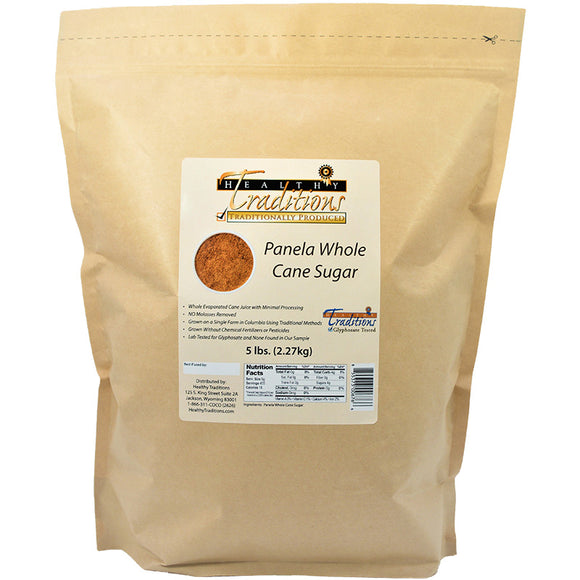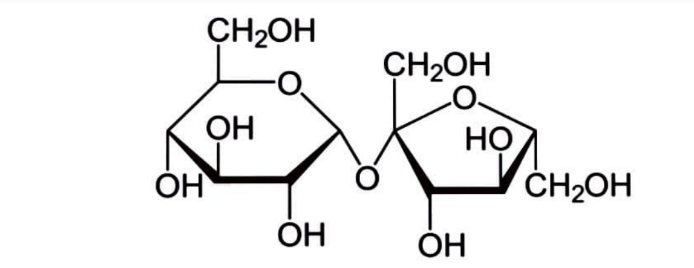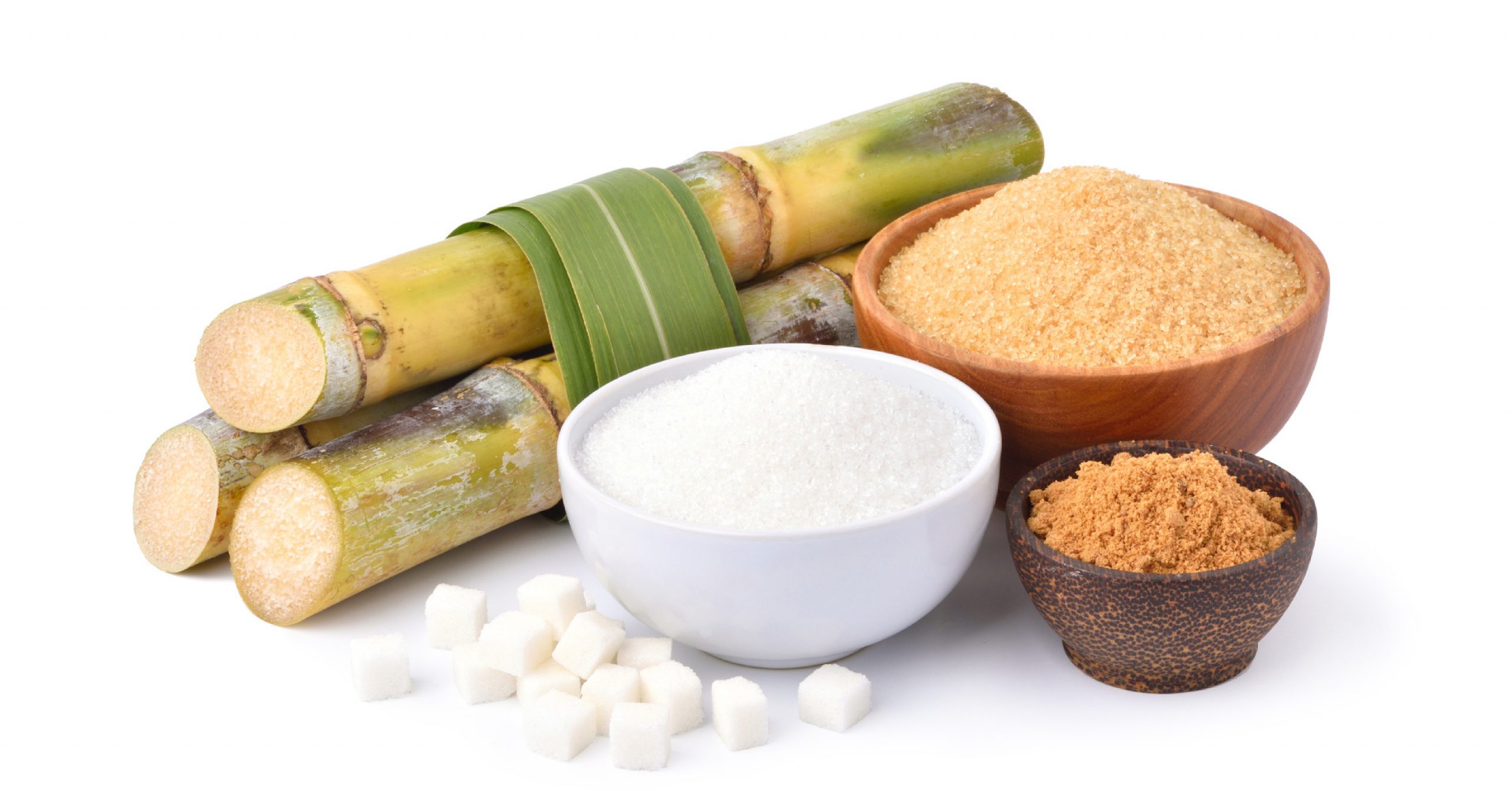Comprehending the Diverse Functions of Sugar Cane in Agriculture and Production
Sugar Cane plays a crucial duty in both agriculture and manufacturing. As a major cash money crop, it impacts economic situations in tropical regions. Its convenience extends beyond sugar manufacturing to biofuels and naturally degradable products. Furthermore, sugar Cane farming promotes dirt health and wellness and biodiversity. Nevertheless, the full range of its payments and potential in lasting practices continues to be to be discovered. What ingenious actions could enhance its function in future farming systems?
The Agricultural Relevance of Sugar Walking Stick
Sugar Cane plays a crucial role in farming, contributing considerably to the economic situations of many tropical and subtropical areas. This turf types grows in cozy environments, requiring ample sunlight and water, making it an ideal crop for these locations. Sugar Cane is largely cultivated for its high sucrose content, which offers as an essential raw product for sugar manufacturing. In addition, it plays a considerable role in soil preservation by stopping erosion and improving dirt fertility with its development cycles. Sugar walking stick's substantial origin system help in water retention, profiting neighboring crops. Furthermore, the plant supports local environments by offering habitat and food for different wildlife species. Farmers often incorporate sugar Cane right into crop rotation systems, boosting biodiversity and agricultural strength. The cultivation of sugar Cane not just fulfills local food demands but likewise promotes sustainable agricultural methods, promoting long-term environmental health in farming neighborhoods.
Financial Payments of Sugar Cane Growing
Sugar Cane is commonly neglected, its economic payments are substantial, especially in establishing countries where it offers as a crucial cash plant. The growing of sugar Cane generates substantial income for millions of farmers, giving resources and fostering country growth. As a versatile plant, it supports numerous industries, including sugar production, biofuels, and drugs, subsequently promoting neighborhood economic climates.
Sugar Cane cultivation promotes job development in farming industries, processing centers, and transport networks. It additionally contributes to international exchange earnings through exports, boosting nationwide economic stability. In areas such as Brazil and India, sugar Cane plays an essential role in agricultural exports, bolstering trade balances.
In addition, the plant's spin-offs, like bagasse and molasses, supply more economic opportunities, utilized in power generation and pet feed. For this reason, the economic effect of sugar Cane prolongs beyond mere farming, affecting broader commercial and agricultural landscapes.
The Process of Sugar Production From Walking Cane

The journey from sugar Cane to polished sugar involves a number of vital phases that highlight the intricacy of sugar manufacturing. Originally, mature sugar Cane stalks are collected and transferred to processing facilities. The Cane is then crushed to remove juice, which includes a high focus of sucrose. This juice goes through explanation, where contaminations are removed, frequently utilizing lime and heat
Next, the made clear juice is vaporized to concentrate the sugar material. The resulting syrup is after that subjected to condensation, enabling sugar crystals to form. These crystals are divided from the continuing to be syrup through centrifugation and cleaned to eliminate any kind of recurring molasses.
The last phase includes refining, where sugar crystals are additional detoxified and blonde, causing the white granulated sugar commonly utilized in food. This meticulous process highlights the complex trip from raw Cane to the sugar that plays a crucial role in different culinary applications.
Sugar Cane as a Resource of Biofuels
As interest in renewable resource sources grows, sugar Cane has become a considerable prospect for biofuel production. The plant's high sugar content allows effective fermentation procedures, converting sugars into ethanol. This biofuel works as an eco-friendly look at this now choice to fossil fuels, reducing greenhouse gas emissions and advertising energy sustainability.
Nations like Brazil have actually lengthy used sugar Cane for ethanol, establishing comprehensive manufacturing facilities that supports both domestic power needs and worldwide export. The farming of sugar Cane for biofuel has likewise produced economic chances, especially in country locations, where it produces work and supports neighborhood agriculture.
Sugar Cane biofuels can be incorporated right into existing gas systems, making them a useful remedy for shifting away from typical power resources. As technical developments remain to boost production performance, sugar walking stick's duty in biofuel growth is positioned to expand, further contributing to worldwide efforts toward eco-friendly energy adoption.
Ingenious Uses Sugar Cane in Biodegradable Plastics
A growing number of scientists and makers are checking out innovative usages of sugar Cane in the production of biodegradable plastics. Sugar walking stick, rich in sucrose, can be refined to create polylactic acid (PLA), a biopolymer that serves as an alternative to petroleum-based plastics. This bioplastic can be used in numerous applications, consisting of product packaging, disposable cutlery, and agricultural films.
Making use of sugar cane-derived PLA offers numerous benefits, such as lowered dependancy on nonrenewable fuel sources and the potential for reduced carbon discharges throughout production. Furthermore, sugar walking stick's eco-friendly nature makes it an attractive selection in the quest for lasting products. Current innovations in processing methods have enhanced the efficiency and cost-effectiveness of creating these bioplastics, promoting higher fostering in the market. As the demand for environmentally friendly solutions expands, sugar Cane attracts attention as a beneficial source in the shift in the direction of greener production practices.
Ecological Advantages of Sugar Cane Farming

On top of that, sugar Cane requires less water contrasted to other crops, making it ideal for growing in dry regions. Effective use crop residues, such as bagasse, can minimize waste sites and provide eco-friendly power resources. Sugar Cane farming can assist in the establishment of agroforestry systems, creating a synergistic connection between plants and trees. These techniques not just secure the setting but additionally promote lasting agricultural practices, eventually profiting neighborhood areas and communities.
The Future of Sugar Cane in Lasting Practices

The possibility for sugar Cane to contribute to renewable power sources is getting grip. Biofuels stemmed from sugar Cane can especially decrease carbon discharges contrasted to fossil gas, straightening with worldwide environment objectives. Additionally, improvements in waste management enable the application of by-products, better reducing environmental effect.
Study into drought-resistant sugar Cane ranges is also underway, offering strength against climate change. As stakeholders throughout the industry embrace these lasting practices, sugar Cane is positioned to play a vital duty in fostering agricultural sustainability, guaranteeing its significance in future markets and adding favorably to eco-friendly equilibrium.

Regularly Asked Concerns
How Does Sugar Cane Affect Soil Health And Wellness and Fertility?
The influence of sugar Cane on soil wellness and fertility is considerable. Its extensive origin system improves dirt structure, while raw material from decomposing fallen leaves contributes crucial nutrients, advertising overall fertility and supporting diverse microbial life.
What Are the Labor Problems for Sugar Cane Employees?
Labor conditions for sugar Cane workers differ commonly, typically identified by lengthy hours, reduced incomes, and harmful environments. Many face obstacles such as lack of access to medical care and insufficient safety measures versus dangerous problems.
Can Sugar Cane Be Expanded in Non-Tropical Climates?
Sugar Cane usually thrives in exotic environments as a result of its heat and moisture click site needs. Nevertheless, specific non-tropical areas may effectively cultivate it through particular farming methods, though yields and high quality may be substantially minimized.
What Pests Typically Intimidate Sugar Cane Crops?
Bugs harmful sugar Cane crops consist of the sugarcane borer, aphids, and nematodes. These organisms can considerably impact plant yield, demanding reliable pest administration strategies to assure healthy development and maximize agricultural productivity.
How Does Sugar Cane Cultivation Effect Resident Communities?
The cultivation of sugar Cane substantially impacts neighborhood areas by offering employment possibility, boosting economic development, and affecting social structures. Furthermore, it can result in environmental obstacles, impacting farming practices and community health in the area.
Sugar Cane is largely grown for its high sucrose web content, which serves as a critical raw material for sugar production. Farmers typically integrate sugar Cane into plant turning systems, improving biodiversity and agricultural resilience. The journey from sugar Cane to polished sugar entails numerous crucial phases that highlight the intricacy of sugar manufacturing. The final phase involves refining, where sugar crystals are further purified and blonde, resulting in the white granulated sugar commonly utilized in food products. The plant's high sugar content makes it possible for effective fermentation procedures, transforming sugars into ethanol.